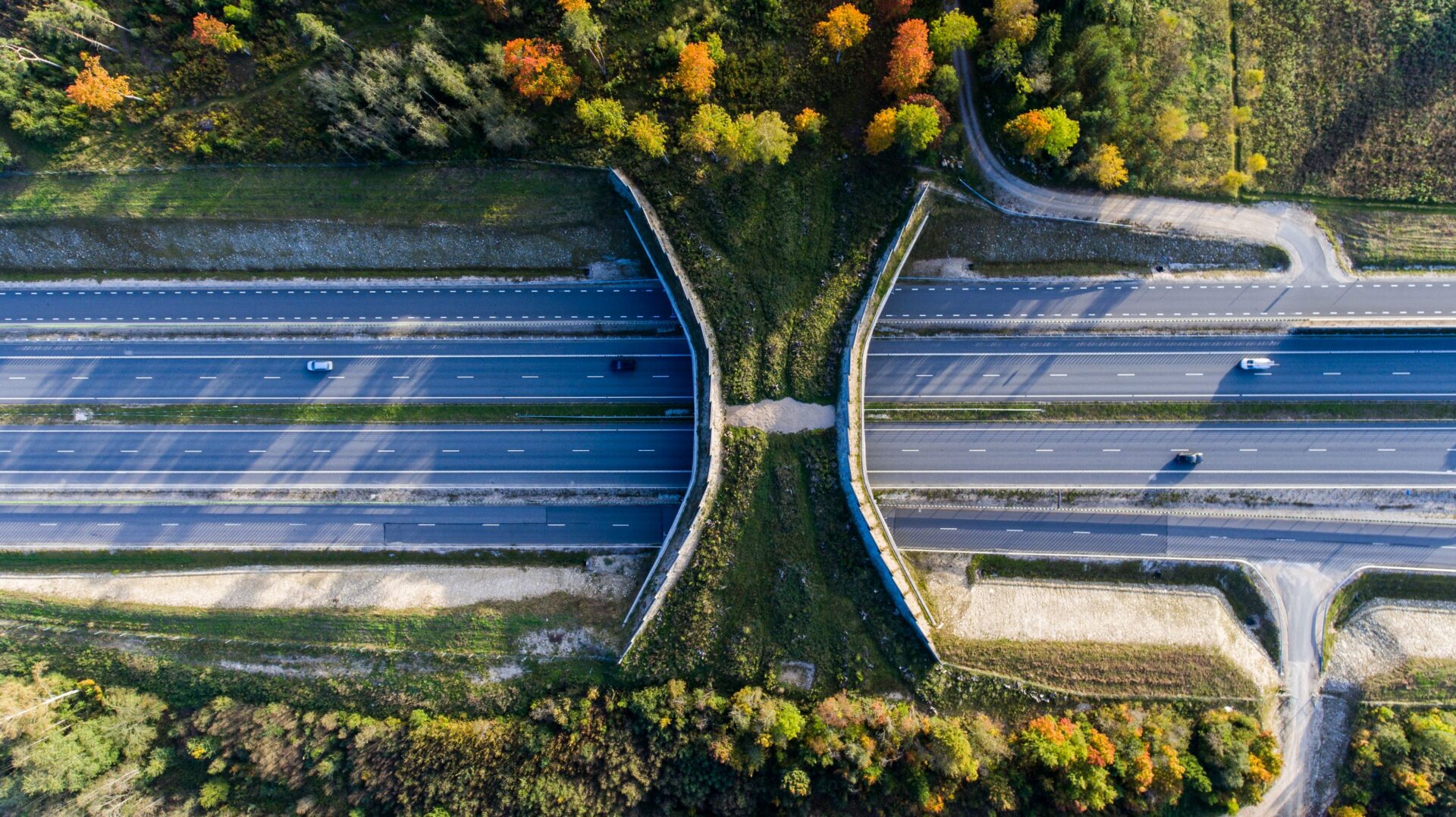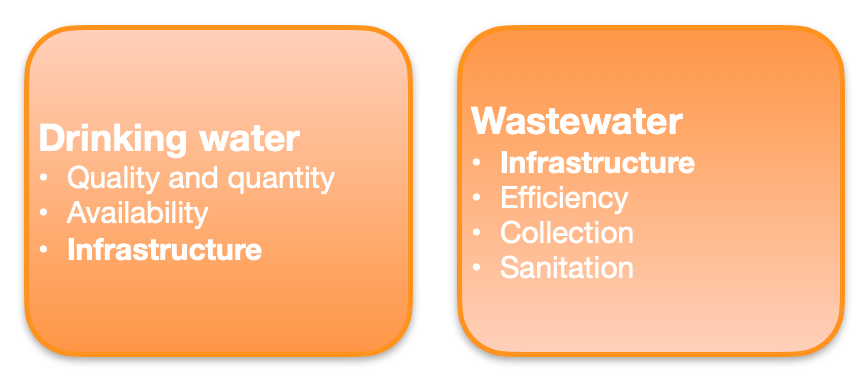
MOOC: Auditing the Sustainability of Infrastructure
3.1. Sustainability of water infrastructure
Usually, when thinking about water infrastructure, the first thing that comes to mind is the supply and distribution of drinking water as well as the collection and treatment of wastewater. Nevertheless, when auditing water infrastructure, auditors can look at a variety of topics, such as flood prevention measures, the marine environment, hydropower or even water-based transportation systems, such as canals.
To find out more about auditing water issues, take the MOOC ‘Auditing Water Issues’.
According to the OECD, water resource management is sustainable if the following aspects are met (OECD, 2009):
a) ecological/environmental (water consumption does not exceed the environment’s tolerance and environmental damage is remedied)
b) economic (the value of water is reflected in its price and water is used efficiently)
c) financial (the price covers the expenses of providing a high-quality water service)
d) social (everyone has access to and can afford water and expenses are fairly distributed)
The following table shows a variety of questions that can be raised when auditing water infrastructure and how these questions relate to different aspects of sustainability.
Sustainability aspects covered by questions |
Questions that can be asked when considering the sustainability of water infrastructure |
| Economic & social | How much do drinking water and wastewater collection cost? Do the fees cover the full cost of the water service? For what purpose are the fees used? How is the cost calculated? Is the service affordable for inhabitants (especially for lower income households)? |
| Economic & environmental | Is water abstraction/use in the limits of the environmental tolerance (so that the water abstraction/use does not exceed the environmental tolerance)? Do the resource use and pollution fees cover the external environmental costs? |
| Environmental, social & economic | Are the materials used in the construction of drinking water distribution systems safe(see the GAO’s audit example in Module 1 for reference)? What is the impact of the materials used to the environment and to human health? How is flood prevention arranged? How have the risk been mitigated in terms of the environment, businesses and homes? What are the remediation measures for floods? |
Water-related issues are among the most worrying challenges many governments face, with implications for human health, economic development and environmental protection. They range from rainwater drainage to drinking water infrastructure issues and are often closely linked to agriculture. Such topics can be categorised in several ways. In this e-course, we will elaborate on the topics presented below.

| Drinking water | Wastewater |
| Ensuring that the availability and effective delivery of sufficient quantities of safe drinking water to the people who need it is a responsibility of governments throughout the world and is one of the most significant water-related functions governments perform. Drinking water is usually extracted from lakes, rivers and groundwater (fresh water). In water-scarce countries, sea water is used to produce drinking water (through desalination). Safe drinking water needs to be available to all people and therefore governments need to invest a large amount of money in the construction of water treatment infrastructure and pipes. |
The efficiency of wastewater collection and treatment systems has a significant effect on the quality of lakes, rivers, groundwater and seas. A lack of wastewater collection and treatment can lead to the pollution of water, changes in ecosystems and sanitary problems. Investments in wastewater treatment systems are huge and therefore challenging for governments to execute. |
Building water infrastructure – drinking water distribution and wastewater collection systems – can be costly and might not be economically feasible in scarcely populated areas. Nevertheless, the populations in these areas also have the right to clean drinking water. Auditors can look at whether local solutions provide inhabitants with clean and safe drinking water and whether these solutions are sustainable from all the three aspects – economic, environmental and social.
The following audit example shows how the sustainability of water infrastructure could be audited.
 | Audit suggestion!For an example on how to audit local water systems, take a look at this audit by the National Audit Office of Estonia, which looks at how efficient the state has been in protecting ground water i.e. the drinking water source for around two thirds of the Estonian population. |
The following audit example shows how the sustainability of water infrastructure could be audited.
Audit example:
’Sustainability of state-developed drinking water and wastewater infrastructure and its impact on achieving environmental goals’ (National Audit Office of Estonia, 2013)
The main conclusion of the audit was that despite major investments, the state did not succeed in making all larger drinking water and wastewater systems comply with requirements by 2013. Not all of the environmental requirements were met and wastewater may still affect the environment. Another issue found was the financial sustainability of the drinking water and wastewater treatment systems. If these systems aren’t economically and financially viable, they may cause environmental as well as social problems in the future. So, in order to ensure the sustainability of already made investments, the price of water utilities will need to rise substantially.
The main audit questions are presented below.

The following video explains the sustainability dilemma brought out in the audit report:
Sustainability dilemma
Nevertheless, in addition to problems with drinking water, wastewater, the marine environment and the quality of surface water, a country could face problems with competing demand for limited water supplies (e.g. irrigation, energy production vs drinking water resources), drought, flooding, the challenges of managing water resources shared by multiple nations, etc.


